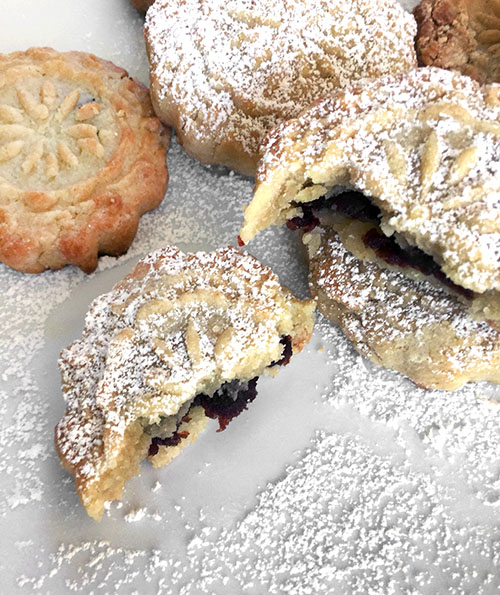
Life, baking and the Internet can sometimes take you down paths you never expected to go. On one innocent afternoon about a year ago, I was “tossed†one of those random food videos that come our way, generated by our googling interests. Sometimes when these are sent in my direction, I’ll ignore; other times I’ll bite and enter into what I call “noodling around†on some meandering journey that leads me from here to a random there. Other folks call it going down a rabbit hole. At the worst, you waste some time and maybe emerge a little weary; at best, you discover something completely new that you had never known before and get inspired.
This is the case of my year-ago wandering that began with a video of a woman making cookies. But this was no typical way of making cookies. The woman had what looked like an enlarged, paddle-like wooden spoon she was whacking against her countertop. From the end of this archaic-looking instrument came a beautiful little morsel — what she called a Lebanese Easter cookie — that was a round, flower-shaped goodie imprinted with a beautiful lacy design.
[N]ot only was the cookie beautiful, it was filled with delicious things like pistachios, dates and almonds. In all my years of cookie study, including poring over endless cookie and baking books, I’d never run across such a creature.
By the time I had witnessed this cookie magic, it was too close to Easter to do anything about it — I had already committed to too many baking/cooking commitments to take this interest any further. But I never forgot about the video, and vowed to do something about it the following year.
[T]hese cookies, known as maamoul, are a Middle Eastern tradition, made and served as treats at the end of the fasting at Lent for Christians and Ramadan for Muslims. While the video showed in great detail the process of making maamoul, it was another website where I found a really great detailed recipe that also explored this cookie-making tradItion. Once I fully gave myself permission to get going for Easter season this year, I printed the recipe by pastry chef Kristen Massad at http://inkfoods.com/maamoul-lebanese-easter-cookies/ and began to gather the ingredients.
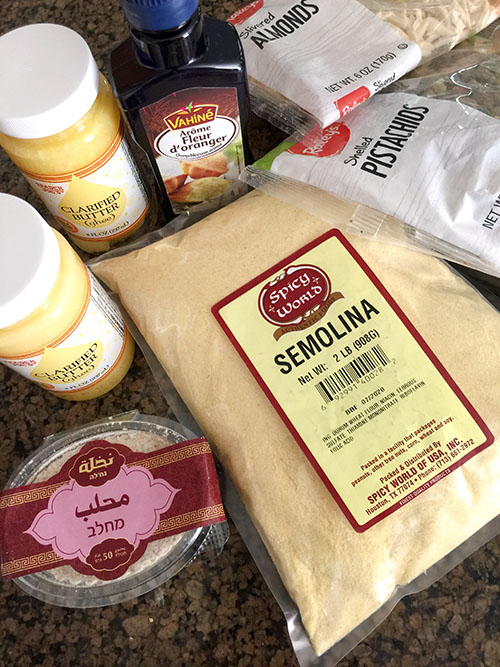
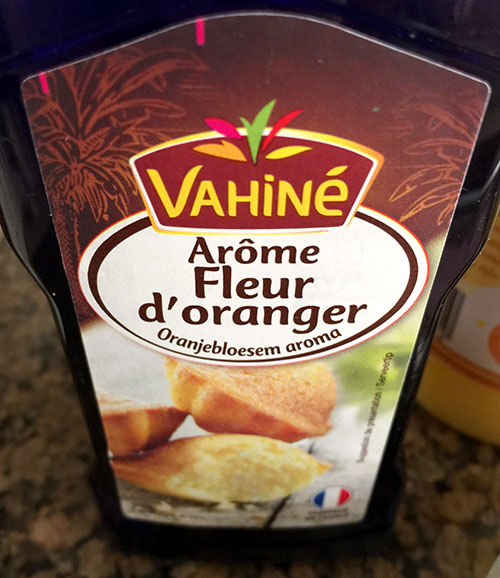
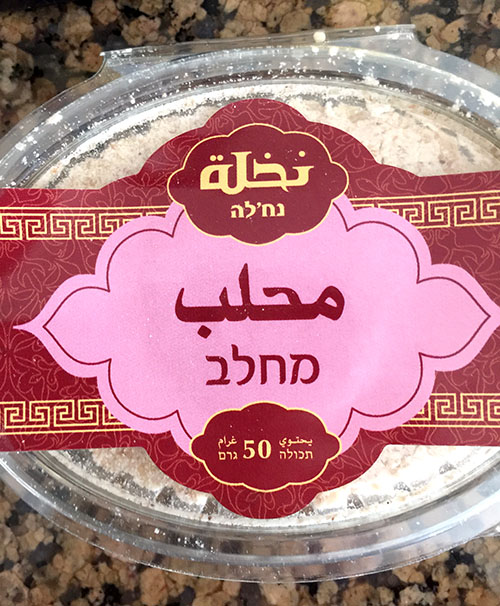
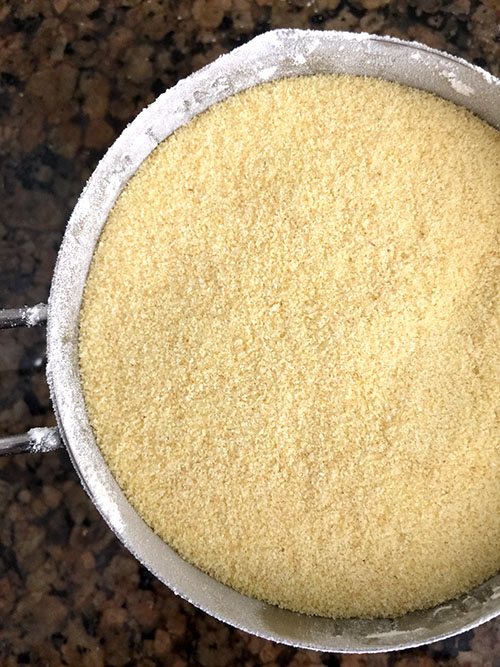
[W]hich was a bit of a tall order. Some of the ingredients are quite unusual. I am thankful for Amazon because I wonder where and how long it would have taken me to find such things as mahleb, the spice made from wild cherry pits, or date paste or even semolina (not always available in your average grocery store). The ingredients also included orange flower water (sometimes available in your average grocery store) and clarified butter. Though prepared ghee is in that family, it’s not exactly the same, however, chose to buy some of this to use.
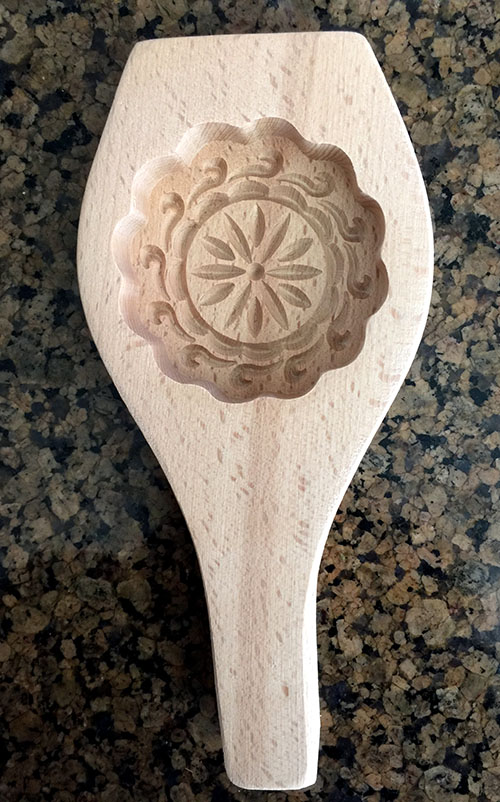
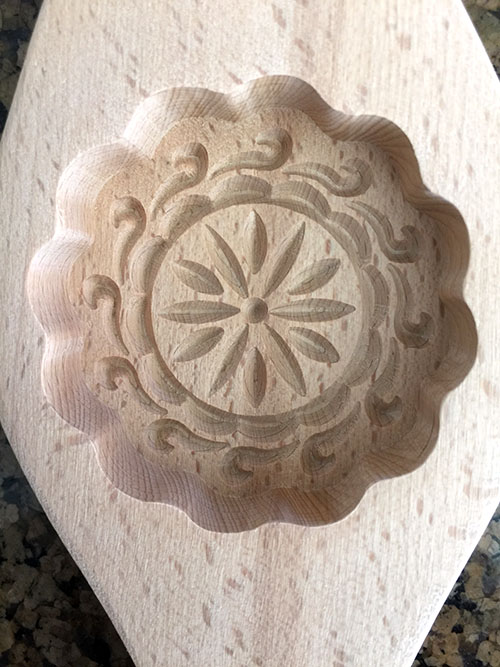
[A]lso on the order list, the most important item of all — the paddle, which is beautiful simply on its own to display and make your company wonder what the heck it is. A number of different designs were available, and according to Massad on her blog post, there should be a different mold shape for each filling in the cookie, but I decided to just invest in one (the flat round one meant for the date filling) in my first attempt at maamoul, somewhat dubious that I was capable of making such a beautiful thing by whacking on a countertop.
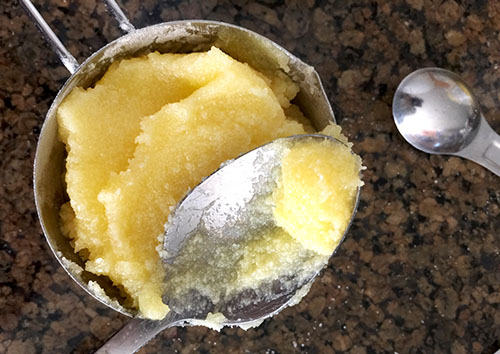
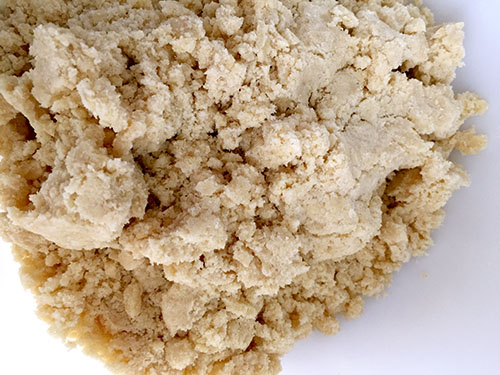
[I] followed the recipe author’s tradition of making the semolina dough the day before Easter. Most of the dough, that is (there would be another component added the day of baking), which is semolina and all-purpose flour, the cherry spice, clarified butter…. I put the dough, which was really more of a crumbly concoction, in the fridge.
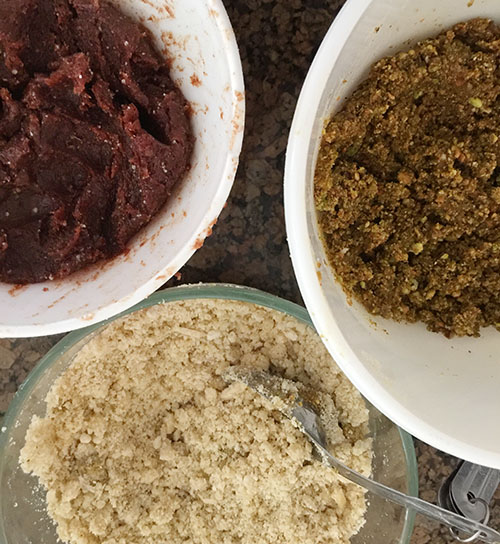
[T]he following day, Easter Sunday morning, I assembled the three fillings — pistachio, date paste and almond. Most of them contained a little sugar and some orange flower water (which has a strangely familiar fragrance from a perfume or lotion from my youth).
[Y]east, dissolved in warm milk, is added to the dough to finish it, and it made the mixture much more cookie-like in texture, much like a shortbread thickness and consistency.
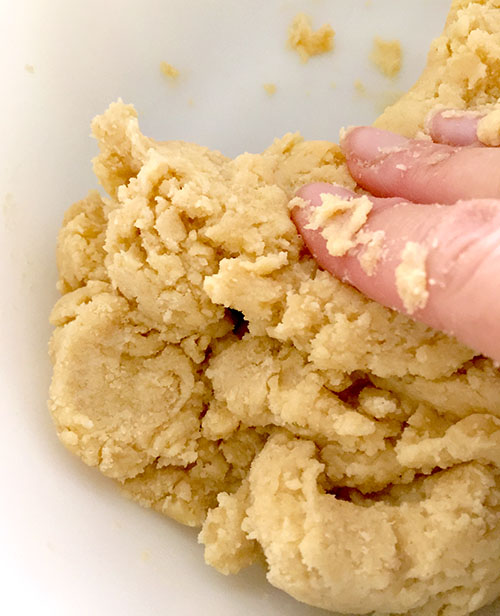
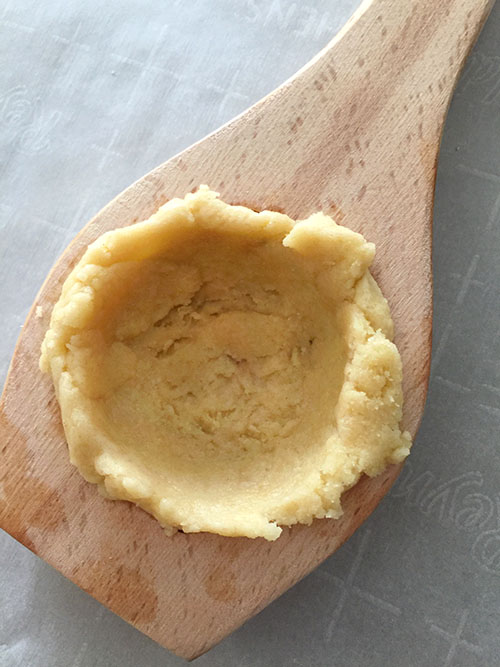
[A] good-sized clump of the dough is placed in the paddle’s mold cavity and pressed in and around evenly around the bottom and sides to create space for the filling, with some of dough coming up above the edges.
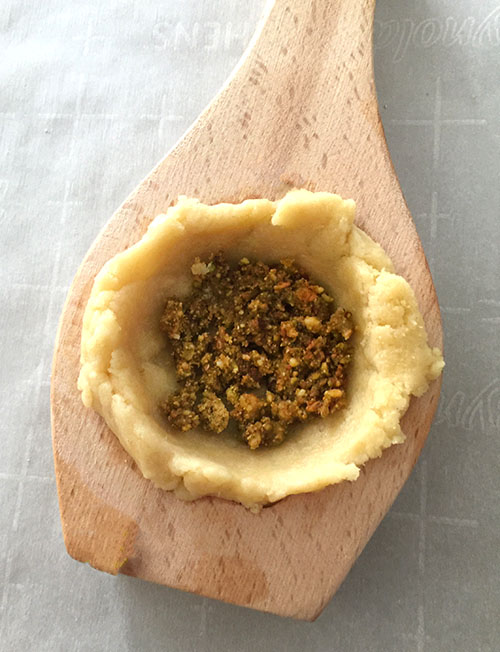
[A] teaspoonful of filling is placed in the pocket of dough, then the edges are folded over and sealed (sometimes I had to use another piece of dough to ensure all the filling was covered).
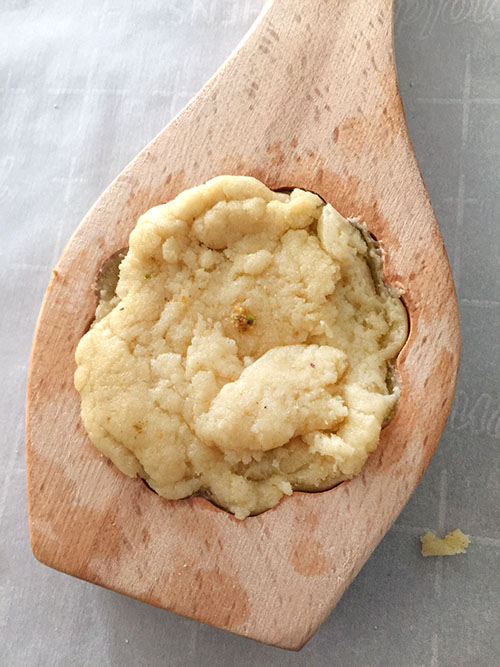
[N]ow, the part I had been waiting a year for. An insistent whack, tapping the paddle mold on its side a few times released the cookie. It was beautiful. I had been concerned it was going to stick, but it un-molded like a dream, with all the carvings in the mold detailed in the dough.
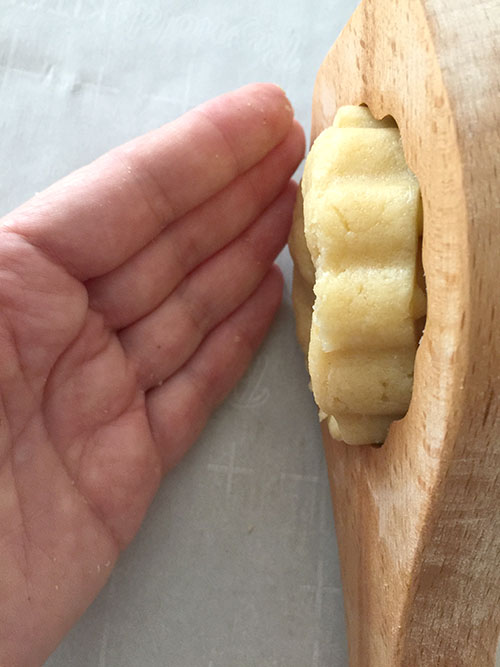
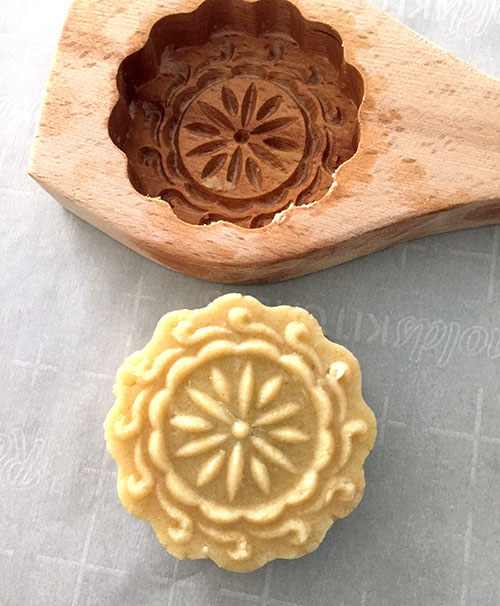
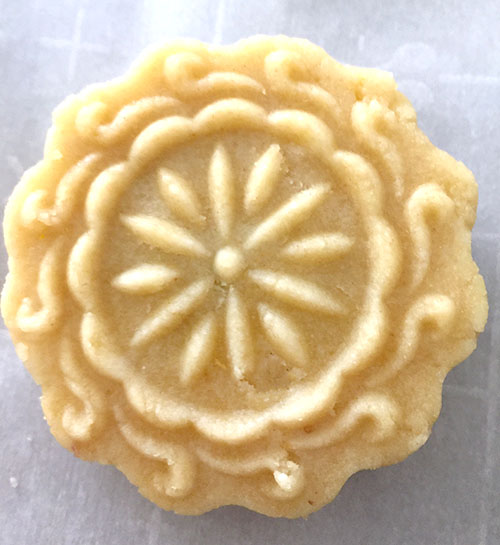
[E]agerly, I continued the process. The cookies were so lovely, I could do this all day. It was a little transformative, this Easter morning of a cookie of another culture and two different religious traditions now informing and forming my own less-religious cookie rituals. I’m sometimes resistant to cooking adventures that seem too outside my realm of comfort and knowledge, but as I whacked the paddle, it was if I was cracking open a door to future, unknown (to me) worlds.
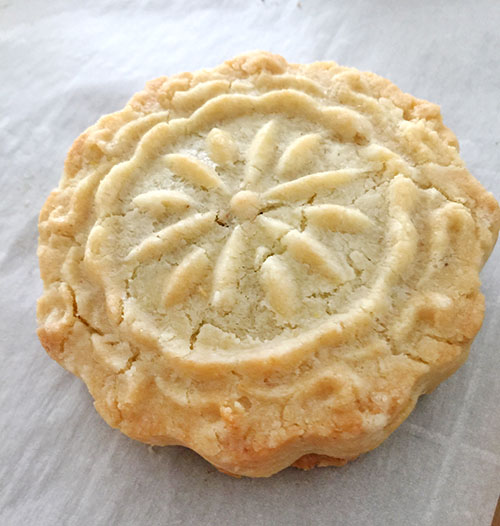
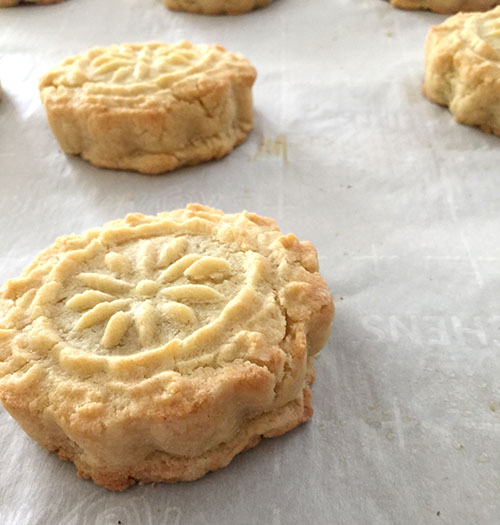
[I] ended up with about 18 large cookies. As they baked, I hoped their beautiful designs would not alter or diminish. Their golden brown completion, still embossed with detail, reassured me. They were lightly fragrant in a floral way.
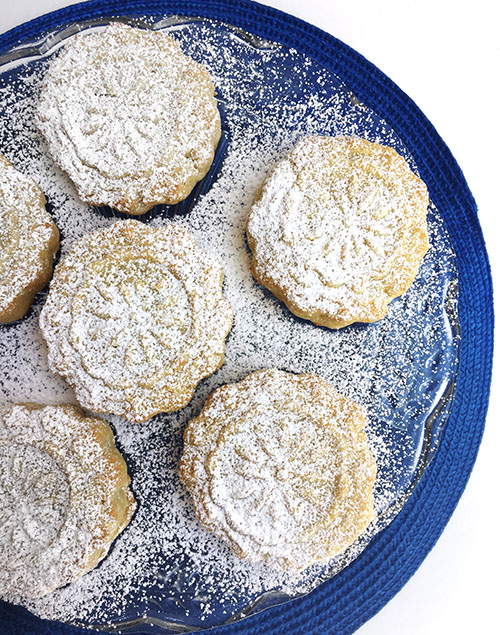
[A]fter they finished cooling, I dusted them with a bit of confectioner’s sugar. Sometimes, and especially in this case, baking really is art. I stared at the beautiful maamoul, spellbound.
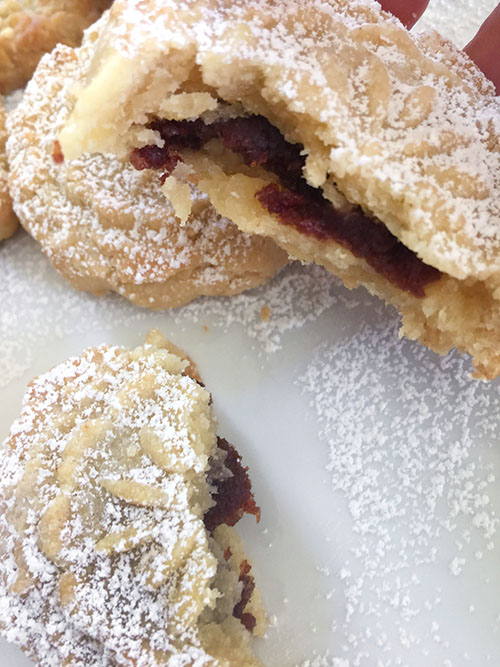
[I] was no less delighted when I tasted one, breaking it open like a treasure (and a surprise, since I wasn’t entirely sure which of the three fillings was in this particular cookie, thus the different mold designs). I got the rich date version. The cookies are very much like a pastry, the semolina dough, though leavened with yeast, tastes much like pie pastry, buttery and tender and flaky with just a little crunch from the semolina and whiff of floral from the orange flower water. The date filling, jammy and just slightly sweet, was just enough to make this cookie its own type of dessert, perfect with coffee or tea (the almond and pistachio fillings, just al little richer, were also light and not overly sweet).
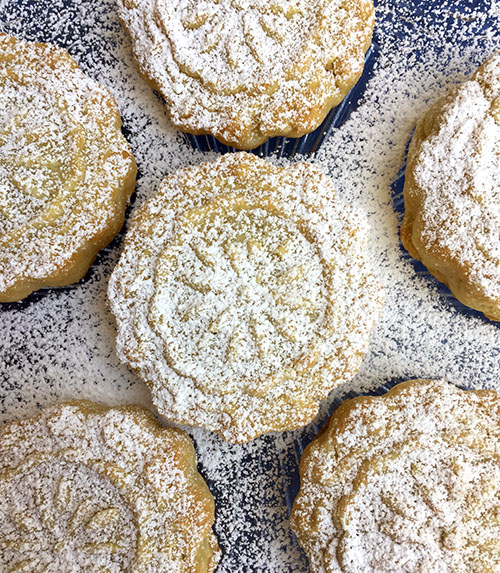
[I] imagined these being snapped up in a coffeehouse or tearoom, too beautiful to resist. They are alluring to look at, to make, to eat. And a reminder of the risks rewarded when one follows an unlikely baking adventure.
For the recipe and more about these cookies, please visit http://inkfoods.com/maamoul-lebanese-easter-cookies/.
For another great article about maamoul cookies, check out https://www.npr.org/sections/thesalt/2017/04/11/522771745/maamoul-an-ancient-cookie-that-ushers-in-easter-and-eid-in-the-middle-east.